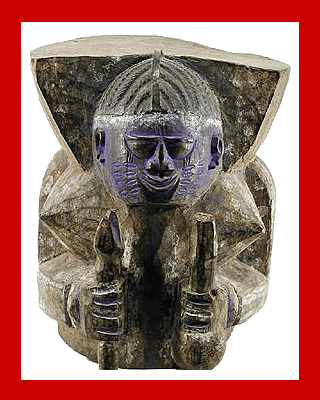This wood carving depicts Shango, the Yoruba god of thunder and lighting.
Click on image for full size
Image Courtesy of the Hamill Gallery of African Art, Boston, MA
Shango, Yoruba God of Thunder and Lightning
Shango was the fourth king of the ancient Oyo Empire, the West African center of culture and politics for the Yoruba people. The Oyo Empire thrived from the fifteenth century until 1835. Today, there are about 30 million Yoruba people in West Africa, most in Nigeria.
Shango was a powerful king, but some of the people in the Oyo Empire thought he was unfair. When two of his ministers challenged him for the throne, Shango fled into the forest. He wandered in the forest for a long time and eventually hung himself from a tree.
After Shango died, his enemies' houses were set on fire, probably by Shango's friends. But some people believed Shango had gone up into the heavens and was sending fire down to Earth. That’s how Shango became known as the god of thunder and lightning.
As the god of thunder and lightning, Shango has some powerful energy. In artwork he is often depicted with a double ax on his head, the symbol of a thunderbolt, or he is depicted as a fierce ram. Shango’s thunderous energy became a symbol of the resistance of the Yoruba people during the 19th Century when many Yoruba people were taken from Africa to the Americas as slaves.
Last modified July 24, 2008 by Lisa Gardiner.
You might also be interested in:
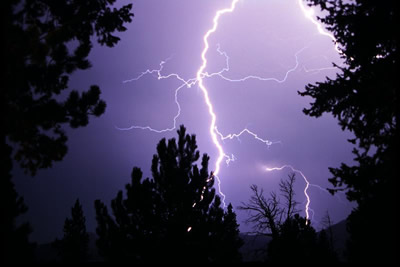
Lightning is the most spectacular element of a thunderstorm. In fact it is how thunderstorms got their name. Wait a minute, what does thunder have to do with lightning? Well, lightning causes thunder.
...more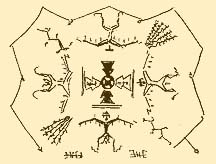
Ahsonnutli was the sky father and chief god for the Navajo. He created heaven, Earth, and the sky. Each of the four directions, or cardinal points, are supported by a giant. Each direction is symbolized
...more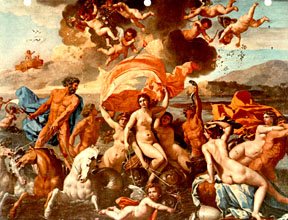
Amphitrite was one of the sea-nymphs called the Nereids. One day the sea god Poseidon saw her dancing and fell desperately in love with her. He promptly asked her to marry him but unfortunately she refused.
...more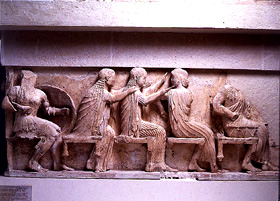
Aphrodite was the Greek goddess of love and beauty. She was known to the Romans as Venus. To the perfection of her figure and the purity of her features she added an innocent grace. On her sweet face she
...more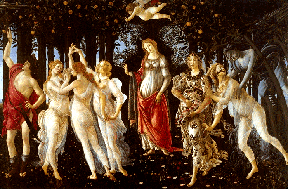
In Greek mythology, Apollo was the son of Jupiter(in Greek Zeus) and Leto (Letona). He was the god of the Sun, logic, and reason, and was also a fine musician and healer. Leto travelled all over Greece
...more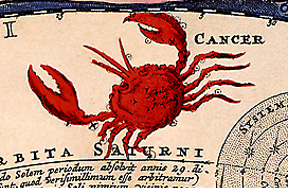
According to an ancient Greek legend, the figure of a gigantic crab was placed in the nighttime sky by the goddess Hera to form the constellation Cancer. Hera swore to kill Heracles, the most famous Greek
...more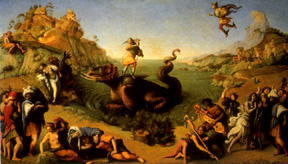
In the Northern Hemisphere sky is the constellation Cepheus, king of Ethiopia, and that of his wife Cassiopeia. Cassiopeia claimed that she and her daughter Andromeda were more beautiful than the sea nymphs,
...more


